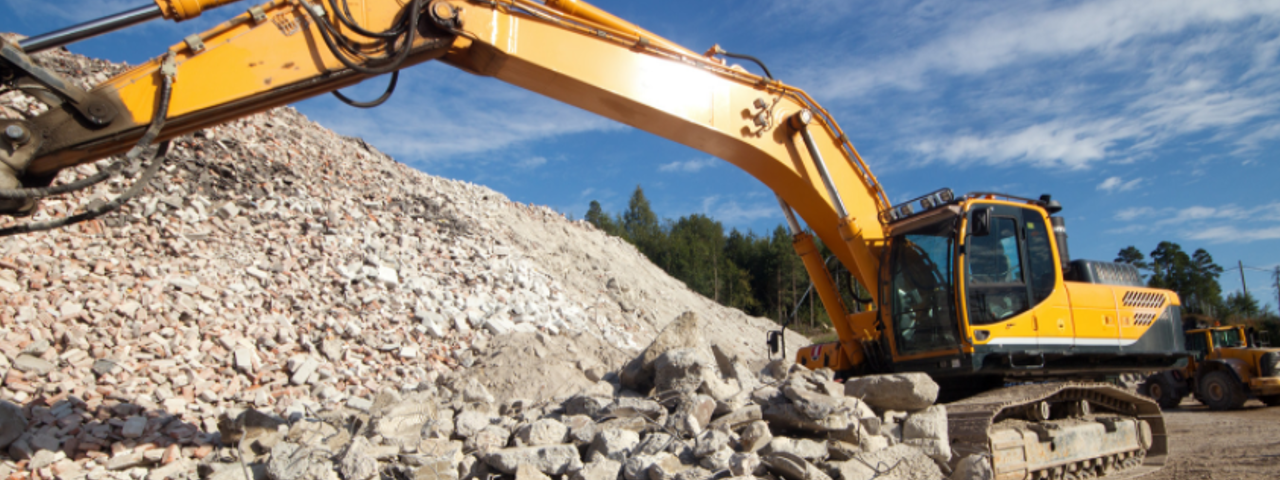 Sector
Sector
Green Economy,
Infrastructure and Construction
Sub-Sector
Circular Economy
Looking for
Innovative and leading edge solution providers are required to repurpose or reuse Auckland’s 700,000 tonnes of construction and demolition waste. Specialist circularity and niche operators in the various waste streams should have the required volumes and markets to establish viable operations in Auckland.
Summary
Auckland is currently in the midst of an infrastructure and construction boom. As part of the New Zealand Government’s post Covid economic recovery programme, unprecedented infrastructure and residential housing programmes will be implemented additional to private sector programmes, leading to further increases in construction and demolition waste. Increased dumping levies due to be introduced soon, will facilitate the financial viability of innovative solutions to these waste streams.
Background
The Auckland region is currently in the middle of a major building and infrastructure construction boom. This boom has generated a lot of waste that usually ends up being sent to landfill. Currently, the construction industry in New Zealand still relies on recovery and residual disposal as waste management techniques, rather than reduction, reuse or recycling (Auckland Council, 2018).

“Tackling construction and demolition waste is a massive challenge for Tāmaki Makaurau and our nation,” says Councillor Richard Hills, Chair of Auckland Council’s Environment and Climate Change Committee. “Around 50 per cent of the waste currently going to landfill from across Auckland comes from construction and demolition materials.”
Auckland Council estimates, Auckland will produce approximately 700,000 tonnes of construction and demolition waste this year. Construction and demolition waste is projected to grow at around 3 per cent per annum. Currently, Auckland is tracking around two years ahead of projections in terms of construction and demolition waste generation.
Auckland Council has a vision of “Zero waste by 2040” and to achieve this, the council has set a long-term target in its Waste Management and Minimisation Plan (WMMP) of reducing total waste to landfill by 30 per cent by 2027. As Auckland’s single largest waste stream, with high tonnages going to landfill and high diversion potential, C&D waste has been identified by the council as a priority waste stream to achieve the WMMP’s target. The council is seeking ways to encourage the development of innovative solutions for reducing C&D waste as commercial waste (rubble, concrete, timber, plasterboard, insulation materials etc.)

In November 2019 the government produced a consultation document ‘Reducing waste: a more effective landfill levy’. The document points out that while in other countries there is growing recovery and recycling of materials, in New Zealand, waste sent to landfills has been steadily increasing. It also says that significant quantities of waste from construction and demolition are not subject to a levy at the moment.
There is a proposal for a levy of $20 per tonne for construction and demolition fills and for an increase of the existing levy at municipal landfills to $50 or $60 per tonne. This is effect will make circularity options for construction and demolition waste more financially appealing.
Invest Auckland Specialist
To find out more about this opportunity please contact Andrew Carpenter
